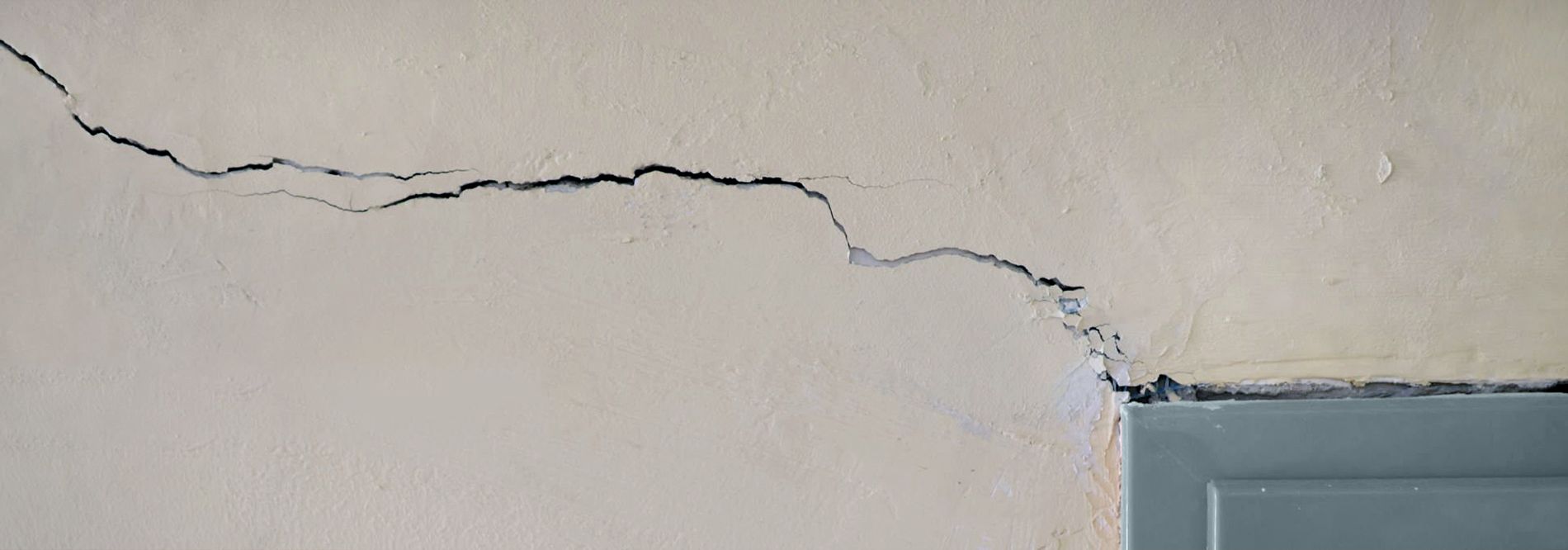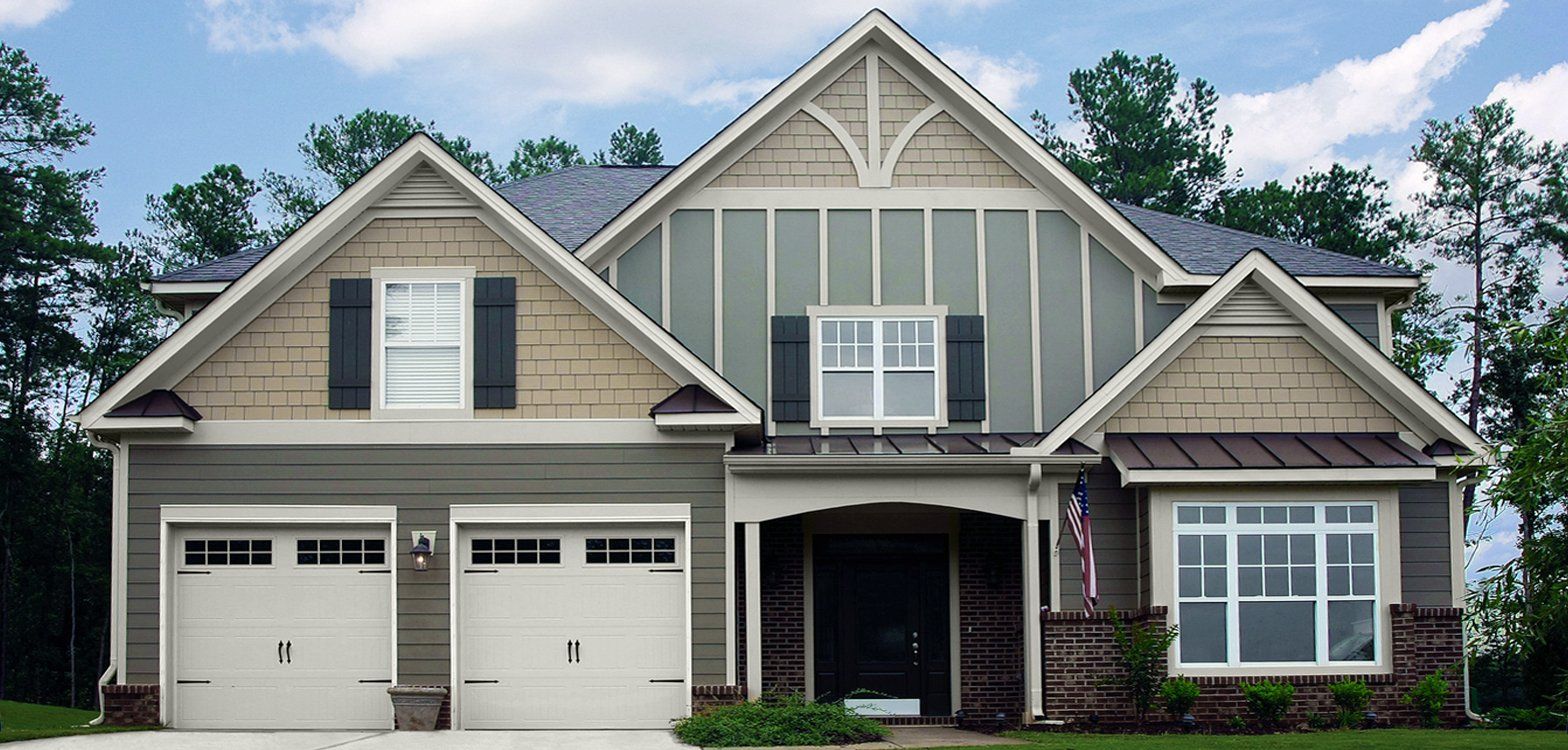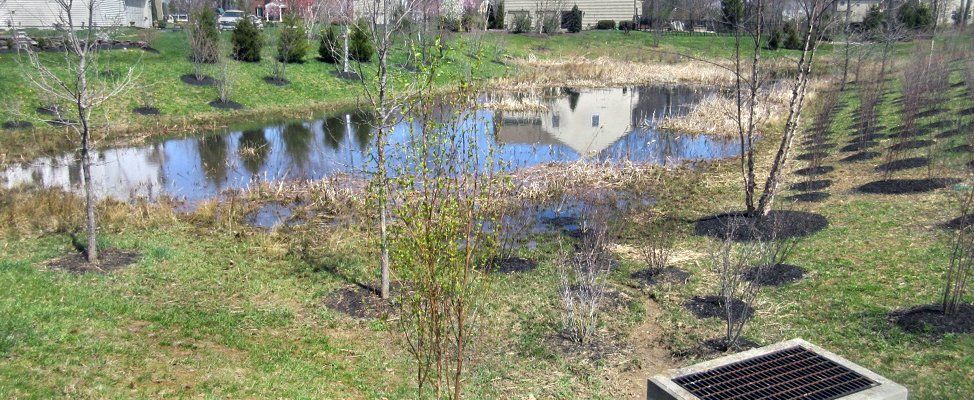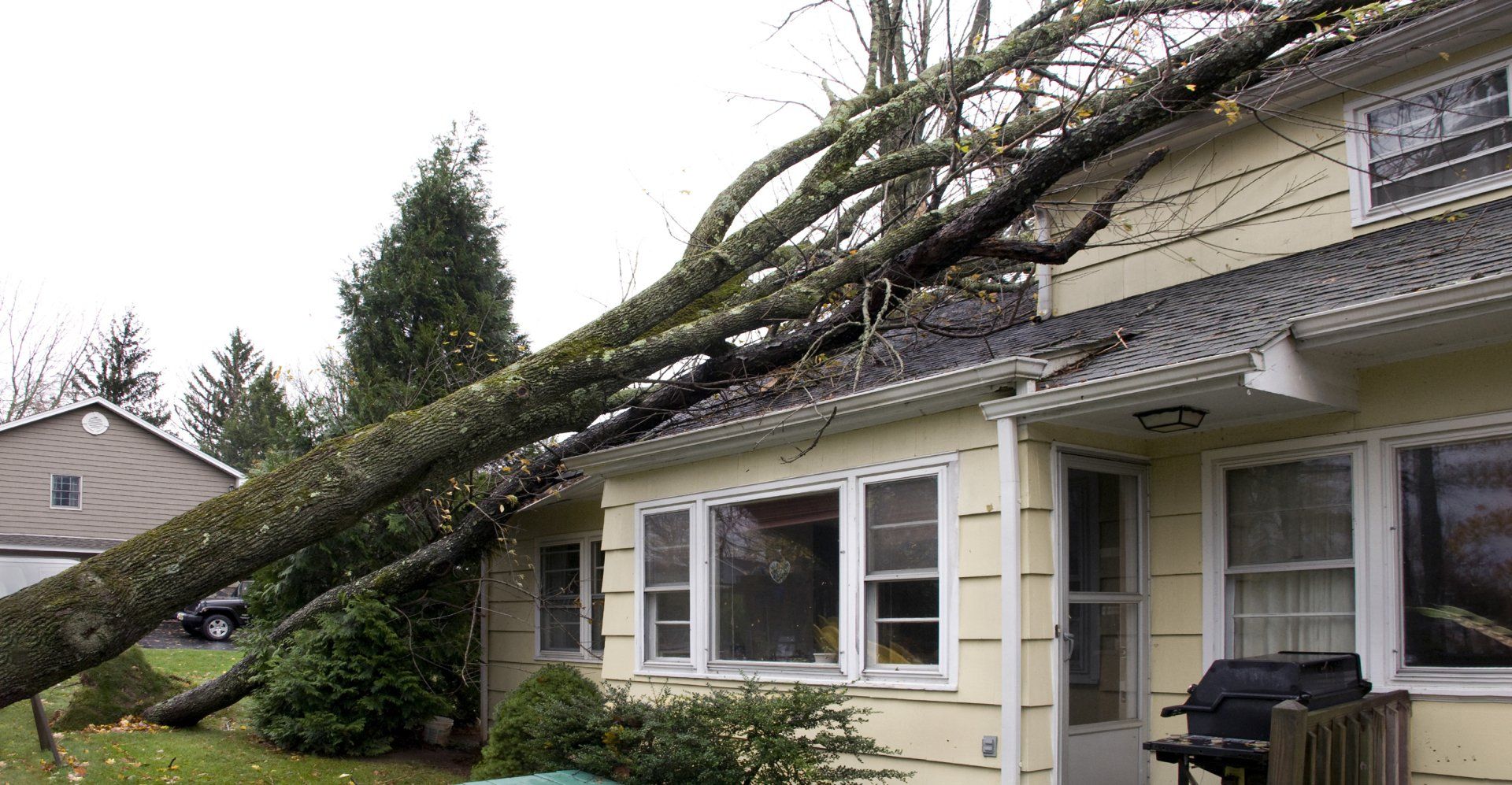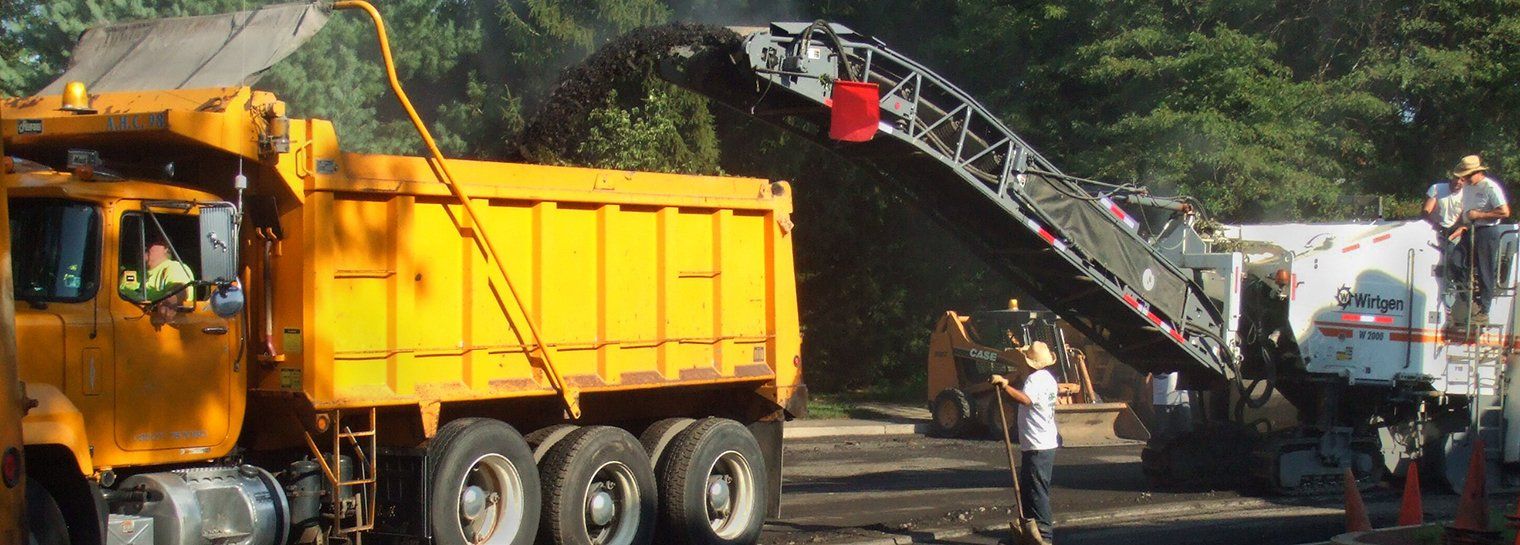Weather & How It Affects Your Home
Extreme Weather Can Impact Your Buildings & Property
With today’s climate changes, we must get used to unpredictable weather patterns. Areas all over the country are suffering from unseasonable temperatures, flash floods, and many types of storms. While we can all do our part in helping the planet, we should also be mindful of how this severe weather can impact our properties. Take a look at how weather conditions take their toll on a home...
- RAIN - Excessive rain can cause damage to a building envelope such as the roof, exterior walls, windows, and doors. This damage can lead to possible water infiltration into your home causing flooding basements and cracking foundations. Homeowners need to be concerned about the effects of rain on the inside, too. Driving rain can cause water to seep into the attic, creating structural issues. It can also cause mold and mildew to grow, impacting the health of the inhabitants and compromising the air quality.
- WIND - High winds can cause two conditions - uplift and racking. Uplift develops when wind creates an area of lower pressure on the roof slope, walls, and inside the house. Racking occurs when high wind forces hit the house at different angles and pressures. The home’s framing will usually withstand these forces, but extreme winds can pull up and/or blow away roof shingles, flashing, siding and other exterior elements.
- FLOODS - When flooding occurs, caused by a nor’easter, a hurricane, or periods of heavy rain, the force of the moving water can damage your home's foundation and walls. Even flood waters that don't rise above the surface can create pressure strong enough to damage a building's foundation. The forces can be great enough to lift concrete slab foundations and undermine footings for post-and-beam foundations.
- COLD - The icicles that gather around many rooflines is a phenomenon caused by a loss of heat within the home. Heat rises to the higher portions of your roof and causes the snow to melt and as it drips onto the colder edges of the roof, it re-freezes. These icicles and ice dams can fill and block gutters, forcing precipitation to remain on the roof, leading to interior leaks.
- SNOW
- An average snowfall weighs about 1.25 pounds per inch, but wet snow has more water content, so it is heavier. A strong, properly installed roof can handle this load, but an older or damaged roof is more susceptible. Heavy snow and ice can possibly cause a weak roof to cave in. Even a few inches of snow can melt and cause water damage inside.
Structural Inspection Services & Building Envelope Consulting
The best way to ensure that your home stays safe from the threat of severe weather is to be proactive! Weather is unpredictable, but the longevity of your home is in your control. BUSTAMANTE ENGINEERS offers professional building envelope inspection and structural inspection services to protect your home and save you time, money and worries in the future. Repairing your home can be a big expense, so invest in the home you love now to ensure that unpredictable weather patterns don’t take their toll. Click to contact us online or call 215-340-6990 and learn more today!
SHARE CONTENT
Bustamante Blog
